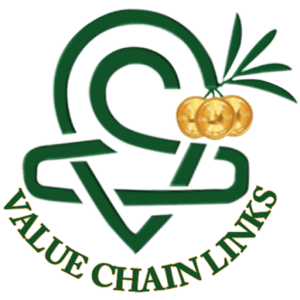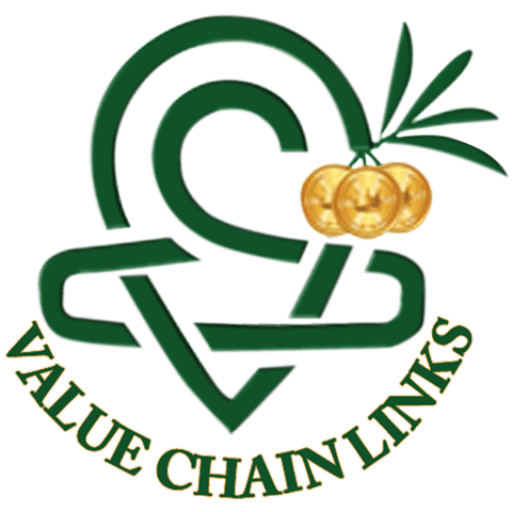HOW WILL YOU UPGRADE YOUR FARM AND EARN MORE WITHOUT TAKING A MORTGAGE OR LOANS?
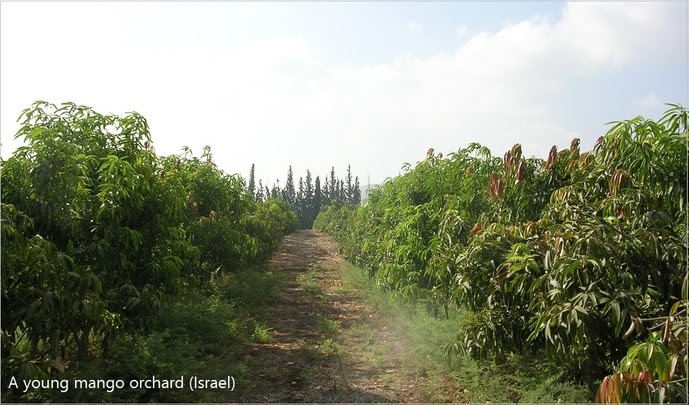
BY DR. NIMROD
The purpose of this article is to stimulate positive thinking. I apologize if, for any reason, you are offended by its content.
IT IS (AGRO-) INDUSTRY!
LinkedIn is a wonderful social platform for exchanging and stimulating professional ideas and thoughts. Please join me on LinkedIn.
I recently published on LinkedIn a post about the economic gap between a typical advanced, e.g., Israeli mango grower, and a grower from emerging economies, e.g., Africa.
Mr. Ferrari’s response was very professional and business-oriented; “those changes can only be adopted with financial support, technical knowledge in the farm, and alongside the supply chain.“
Note that Mr. Ferrari does not refer to the psychological and emotional state of mind that causes the economic gap.
As we will see, the “state of mind” plays a crucial part in creating and maintaining the economic gap.
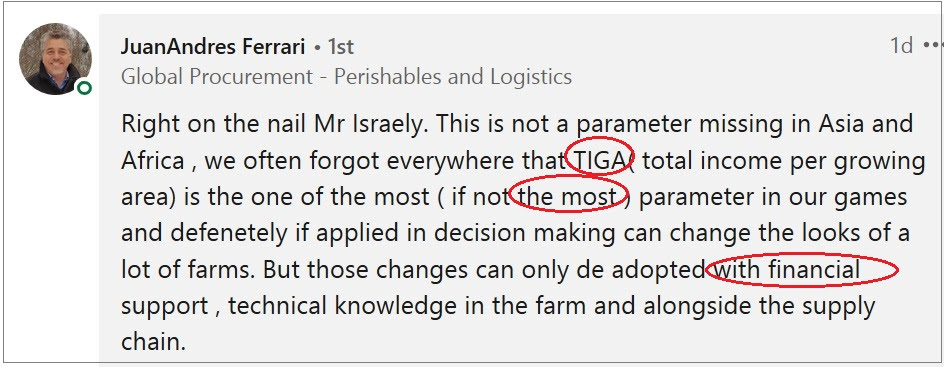
In previous articles, I referred to the means required to elevate the income per hectare, as described by Mr. Ferrari, as The Agricultural Package, or simply The Package.
The Package contains components of; Technology, Knowledge, Supply chain, etc., which we can quantify in monetary terms. To simplify, let’s reduce all the issues to FINANCE (monetary) values only.
When we use “Finance,” it is easier to quantify the existing economic gap between different farmers, methods, and results, as well as any suggested change from the status quo.
Now we should ask, “What is the scale of that financial gap, for example, for mango growers? 100 €/ha, 200 €/ha, 500 €/ha, 2,000 €/ha, 5,000 €/ha, 10,000 €/ha, 50,000 €/ha?”
Later in the article, I present that data, which you may find surprising. You may also find it surprising that the gap is minimal on the day the Israeli and the African farmers plant their trees. But with every year that passes past the planting day, the gap overgrows until it strikes unimaginable magnitudes.
A FARMER IS A BUSINESS PERSON
A tree is like a child; you need to supply it with the proper foundation for it to flourish when it grows.
As a young fruit grower, I knew that in the first 3-4 years, we invest in the field a lot of money per hectare. Why?
This was our way of making sure we lay the right foundations for an orchard that, in return, will bear a high-yield of high-quality produce, provide us for tens of years ahead of the decent livelihood we expect to get.
When I say “we invest a lot of money,” I am talking about a considerable amount, which depends on the crop, varies in total from 30,000 € to 70,000 € per hectare (on average, 50,000 €/ha) during the orchard’s first 3 to 4 years.
This is a significant investment for any business and especially for a fruit grower. But we, Israeli fruit growers, look at our farm like a business person is looking at his factory; we know that having a high income per hectare has its price.
We are aiming for high income per hectare. Hence, we are ready to, literally, pay the price and invest considerable amounts, which in the minds of an Israeli grower is translated into; “I investing to ensure my prosperous economic future.”
You see, the Israeli grower is not investing in his farm; he is investing to ensure his family’s prosperous future.

Most Israeli farmers take that approach, which leads them to create an outstanding like “factory” (orchard) that would generate for tens of years high revenues, in the magnitude of 300,000 €/ha to 700,000 €/ha per decade (10 years).
We can summarize that an Israeli fruit grower would initially invest 50,000 €/ha in the first four years (in addition to ongoing investment later on) and expect in return revenues of 500,000 €/ha per decade.
Now pause and ask of yourself;
How do I decide how much I will invest in my orchards per hectare?
What are my ROI expectations from my investment?
What is my expectation of income?
MY SELF PERCEPTION
You see, as a fruit grower, I did not view my job not as “a person who is growing trees/fruits.”
Instead, I thought of myself as a businessperson who makes a living from growing fruits. I said to myself, “my job is to extract the highest profit from every hectare I cultivate.“
This approach is simple and easy to follow, and what matters is your income, and mainly profit per hectare.
How much money you have in the bank by the end of the season is far more important than how much you invested.
That approach took me to extremes, for example, when I planted a super-dense orchard, ranging from 2000 to 8000 plants per hectare.
My purpose in doing so was to study the option of increasing profitability per hectare by having a higher yield in the first few years and using less labor (picture below). This experiment didn’t work out well, but other “experiments” succeeded and brought the expected profit.
The super-dense orchard serves as an excellent example of what we are ready to do to increase our profitability per hectare.
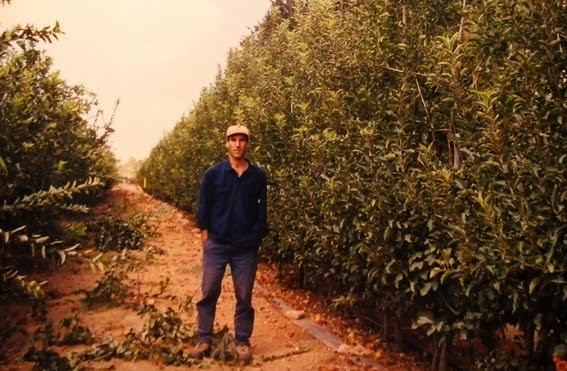
AVERTING RISK (IN ALL COST)
The Israeli farmer is Opportunity-oriented, continually looking for opportunities to increase his profit per hectare.
On the contrary, and maybe due to a long history with an extremely unpredicted business environment, limited resources, high yield-loss, low-quality produce, no access to premium markets, and many more reasons, farmers in emerging economies are Risk-averting-oriented.
A typical farmer in the emerging economies wakes up in the morning and says to himself –
“My job is to make sure I end the year with a small loss or economically balanced. It will be a pleasant surprise if there will be a surplus.” In short, “my job is not to lose.”
I say this with respect and in the most non-judgmental way possible. After all, how can we create a better future if we do not understand the present?

This becomes clear when you see a Western company trying to sell something to an African/Asian farmer.
While the company focuses its efforts on presenting fantastic Opportunities to increase income, all the farmer sees is the expected risk due to rising expenses.
Deep inside, he is saying to himself, “but what if I invest buying this product and then my income doesn’t increase? It is a too big risk for me. It is safer not to change”. The grower is paralyzed.
The risk-avert attitude, which views any investment as a risk, drives the African/Asian mango grower to invest as little as possible in the first years and after that.
Therefore, a typical investment in the first 3-4 years would probably range in total from 500 €/ha to 5,000 €/ha only.
When the orchard mature, such an African mango grower would typically enjoy a modest income (relatively to an Israeli grower); often ranging from 500 €/ha to 5,000 €/ha/year, and 5,000 €/ha to 50,000 €/ha during ten years.
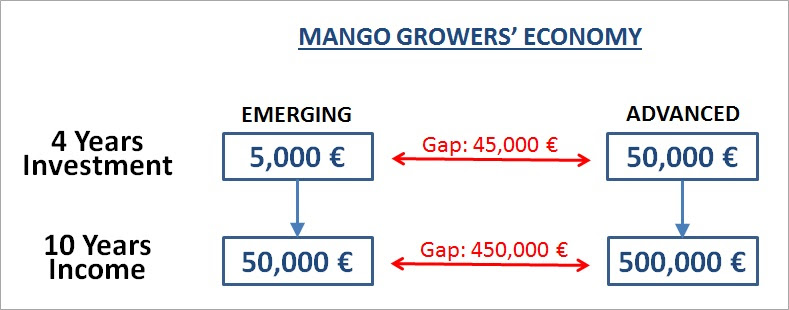
The figure above presents the economic gap for mango growers, of 4,500 €/ha/4-years of INVESTMENT in years 1-4.
This investment creates a more significant gap of 450,000 €/ha/10-years in REVENUES for every ten years of the life span of a ‘mature’ orchard.
It means that the African mango grower is losing (making less) 450,000€ per hectare than his Israeli colleague.
This gap is partially a result of the early years and ongoing professional decisions.
“How can we create a better future if we do not understand the present?“
THE STATE IS LOSING (TOO)
It is essential to ‘translate’ mango growers’ reality to its meaning at the state level. After all, a state is made out of individuals, which when they earn less, so is the state.
As presented above, a mango grower in an emerging economy, e.g., Africa, makes 45,000 €/ha/year less than his colleague in Israel or other Western countries. We can also view it as “losing” 45,000 €/ha/year.
To learn what it means at the state level, let’s think of a country with ONLY 10,000 hectares of mangoes.
In such a country, the Ministries of Agriculture and Finance expect and consider their mango growers to create annual revenue of € 50,000,000, translated into € 500,000,000 per decade.
In reality, those numbers would probably be lower, and there will be very little profit left if any!
A government in such a country cannot tax those growers and may even need to support them every year.
Yes, such government may need to invest and support those growers without having a bright economic horizon. Sounds familiar?
However, when treated and supported properly, those 10,000 ha can become a significant income source and livelihood improvement for the farmers and the state. This generates annual € 500,000,000 in revenues, and € 5,000,000,000 every decade.
There is no mistake; €5 billion every decade for every 10,000 hectares!
In this case, the farmers are doing well, and the government can get taxes from them, provide them with less support, and use the additional income to develop the country in other areas.
Unfortunately, instead of developing and gaining €5 billion per 10,000 hectares per decade, the country and its farmers are, in practice, losing €4.5 billion per 10,000 hectares for every decade!
It is time to pause, reflect on the situation, and ask:
Do you expect the World Bank or some generous donators to make up for that ongoing loss?
How many such 10,000’s hectares does your country have?
How many such “industries” does your country have with the potential to generate such a high value-added ADDITIONAL revenue?
What is the situation with other crops? Is there a contingency plan?
Unlike the mining industry (minerals or gas and oil), the agro-industry is a sustainable resource that can generate high income, food-security, eliminate massive poverty, and provide eternity workplaces. Hence, consider how much unused additional value-added your state can generate from its agro-industry?!
CONCERNS AND DOUBTS
By now, you must be saying to yourself –
“Okay, I get what you are saying, and I understand the economics behind it; to improve farmers’ livelihood in emerging economies, we need –
(1) Financial support.
(2) Then, we can purchase and develop Knowledge, Technology, Methods, Models, Value Chain, etc.
(3) This will bring the ability to increase our yield per hectare and improve the produce quality.
(4) Then we can sell it to premium markets (including exports).
(5) Our income per hectare will increase by a magnitude of 10.
(6) The Farmers and the state alike would enjoy economic development and prosperity.”
But then you may continue, and impatiently, soaked with some anger, say –
“It is nice and easy to say all of this. I understand and even agree with it and even wish it was possible. But the first step is the FINANCE, and… how the hell do we get the finance to start to upgrade our agro-industry. Who will be ready to invest in our agro-industry, where profit is low (or none), and the risk is so high?”
Playing the devil advocate, you may then add, in a disparaging and unbelieving voice –
“Assuming we will get the finance (which I doubt), how do we make sure it is turned into increased income?
I mean, look at our history; we suffered through endless well-financed projects that promised to bring heaven on earth to our farmers, while in reality, ten years later, nothing changed! Sorry, things did change, but for the worse. Take a look at the “Agriculture value added per worker” (figure below); the gap keeps growing!
So I apologize if I sound skeptical. I would love to believe this is possible, but I don’t seem to see how. Africa is not Israel.”

YOU ARE RIGHT, AND I HAVE QUESTIONS
When I first learned of the economic gap between Africa and advanced economies (countries), I said that more of the same is not what Africa needs and already proved not to be working.
I thought that something fundamental has to change, or nothing will change for farmers in the emerging economies.
I then asked myself, how can we manage the business risk, and can we regulate the investment flow in an appropriate ratio to the income forecast per hectare?
Finally, can we make it sustainable, so, like a fly-wheel, it will gradually increase its speed?
A BUSINESS OPPORTUNITY
A sustainable and successful business should be economically feasible to establish and profitable to run.
Hence, I saw it as part of my mission to develop a business model that will gradually bridge the economic gap per hectare between advanced and developing economies. For mango growers, that gap stands on a round figure of 45,000 €/ha.
It is a considerable gap, which made me think that this is where we should start precisely because of it. This will send a clear message to all the skeptics and non-believers; if we can do it with Mangoes that currently suffer 50% fruit loss, we can do it with any crop!
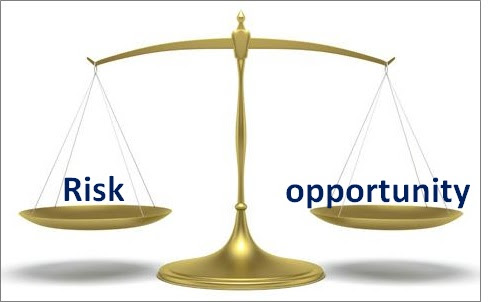
One of the issues that will help us accelerate the agro-industry in Africa, as in other emerging economies, is to support farmers in balancing their risk-opportunity attitude.
The Green-Valley program does not encourage risk, but it certainly encourages taking advantage of opportunities in a careful and calculated manner.
A NOVEL BUSINESS MODEL!
The Green Valley business model and its concept were developed and are aimed to answer and deliver the solutions for the above and related questions (see the P.S.).
Green Valley field and business proven results are attentive to the feelings and fears of the farmers. Hence, it provides a full Package that can support the farmer to transform from his current state to his future state, as he envisions it.
Thanks to Green Valley, the farmer can share the financial risk with Green Valley operation, where Green Valley carries 50% of the financial risk.
Do you understand, Green Valley will finance 50%, and sometimes more, of the farmer’s approved activities, all year and every year!
Green Valley‘s first step with every mango grower is making available, accessible, and affordable for him the novel FFCTZ (Fruit Fly Certified Trade Zone) protocol, part of the Green Valley package.
“Equivalent” (but not similar) protocols, such as SIT Area-Wide Management, are served to governments and farmers with a tag price of tens of $ millions per year (each year) and thousands $ per hectare.
Nevertheless, those protocols and projects already “proved” to be ineffective against African and Asia fruit flies. Even more so, those high-cost protocols, when applied in Africa and Asia, results in 50% fruit infestation, which ultimately may lead to Export Ban.
The FFCTZ is a year-around system approach protocol made available for nearly the same cost that farmers are currently paying for poisonous and ineffective three-month fruit fly control management. Needless to say, we can’t consider sprays as System Approach the way they are applied.
Green Valley is business-oriented, engaging with motivated and trusted growers, which can rapidly improve their financial results if only given the economic and professional opportunity and support.
Thanks to Green Valley’s Farm2Shelf holistic approach to the farmer’s business, we can take more significant than usual risks than ever before. Hence, support farmers to make progress as fast as they can, each according to his pace.
Green Valley decided to run the first years of its novel field2shelf business model by working with export-oriented mango growers.
However, a year ago, I was asked: “What about other mango growers?” Thinking it will take years until we develop a special package for such growers, I replied uncomfortably that we are not yet prepared for it, but we will give them a solution one day.
Well, Green Valley is a fast runner; I am glad to announce that Green Valley is about to embark on a journey with local-market-oriented mango growers from Ghana and not exporting yet.
While you are reading those words, Mr. Dotan Peleg, our head of business, has landed in Ghana, although the problematic days of COVID-19. His trip to Ghana is to finalize the selection of mango growers that will become part of the Green Valley operation, starting next month.
This is a wonderful development, which I bless and see as a promising seed for the rest of Africa.
Green Valley acts in light of its long-term Vision and Goals –
“To Improve Farmers’ Livelihood By Increasing Quality Production, Free of Bio and Chemical Hazards, Grown In A Safe Eco-Friendly Environment, To Enable the Consumers to Enjoy Better and Healthier Food and Life.”
I am proud and feel lucky to lead Biofeed and Green Valley in light of such a promising Vision, turning into reality as we speak.
